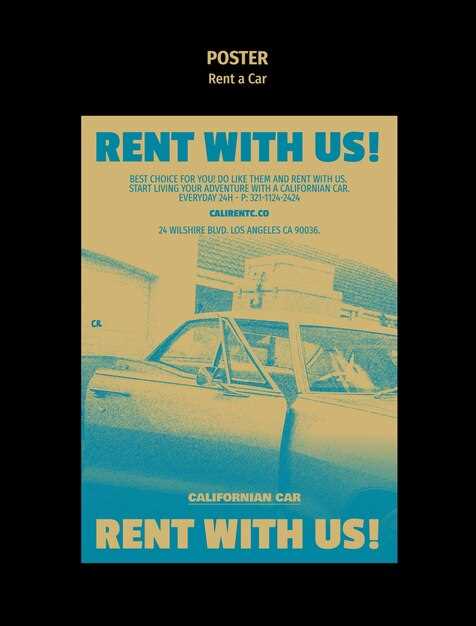

Buying a classic Mustang is not just a financial investment; it is also a journey into the heart of American automotive history. The Mustang, first introduced in 1964, quickly became an icon of freedom and style, capturing the imagination of car enthusiasts and collectors alike. Whether you are looking to admire its classic lines or are planning a restoration project, understanding the details of purchasing a Mustang is essential for making an informed decision.
When considering the purchase of a classic Mustang, it’s vital to assess the vehicle’s condition thoroughly. Mustangs from different model years offer varied features and performance specifications. An in-depth examination of the car’s body, engine, and interior will provide insight into how much restoration work may be needed. Documentation regarding previous repairs and restorations can also influence your decision and ultimate investment.
Additionally, the classic car market can be exhilarating yet daunting, with prices fluctuating based on demand, condition, and rarity. Researching the specific model you’re interested in, understanding its market value, and knowing what to look for will equip you with the necessary knowledge to negotiate effectively. Remember, whether you are a seasoned collector or a first-time buyer, due diligence is key in finding a classic Mustang that not only fulfills your dreams but stands the test of time.
Choosing the Right Model and Year for Your Needs

When it comes to purchasing a classic Mustang, selecting the right model and year is crucial for meeting your specific requirements. First, consider your intended use for the vehicle. Are you looking for a car primarily for restoration projects, daily driving, or simply for car shows? Identifying your purpose will guide your decision.
The classic Mustang produced between 1964 and 1973 offers various models such as the fastback, coupe, and convertible. Each model has unique characteristics and desirability. For instance, the 1965 and 1966 models are often favored for their classic design and availability of restoration parts, making them excellent choices for both beginners and experienced restorers.
Another vital aspect to consider is the year of production. Early models, such as those from 1964½ to 1968, tend to hold a higher value due to their iconic status. However, later models like the 1969 and 1970 offerings have received recognition for their horsepower and performance, appealing to enthusiasts seeking power under the hood.
Your budget also plays a significant role in this decision. Classic Mustangs from earlier years may demand a higher price, especially for well-preserved specimens. On the other hand, less popular years or those needing restoration may fit better within a tighter price range, albeit with the additional cost of repairs and refurbishment.
Ultimately, it’s important to thoroughly research the specific model years you are interested in, considering aspects like availability of parts, community support for restoration, and historical significance. This knowledge will help you choose a classic Mustang that aligns with your goals, whether that’s enjoying a pristine vehicle or embarking on an engaging restoration journey.
Evaluating Condition and Mechanical Integrity Before Purchase

When considering the purchase of a classic Mustang, evaluating its condition and mechanical integrity is crucial. Begin by examining the body for rust or damage, especially in areas prone to corrosion, such as the wheel wells, undercarriage, and around the windows. A well-preserved body can indicate a history of good maintenance and a lower likelihood of needing extensive restoration.
Next, inspect the paint quality and ensure it is uniform. Look for signs of repainting, which may suggest repairs from accidents. A classic Mustang with original paint can be more valuable, but it should also have been well cared for to prevent deterioration over the years.
The engine is the heart of the Mustang, so examine it closely. Check for leaks, unusual noises, and overall cleanliness. An engine that has been well maintained will show fewer signs of wear. Look for the presence of original components, which can indicate how much restoration has been done and how true the vehicle is to its classic roots.
Don’t forget to inspect the transmission and drivetrain. Ensure smooth shifting and listen for any grinding noises during operation. A reliable transmission is essential for a classic car’s performance and longevity.
Finally, take the car for a test drive. Pay attention to the alignment, steering response, and braking performance. These aspects reflect the vehicle’s mechanical integrity and can signal whether you will need to invest in immediate repairs or restoration after purchase.
Planning a Restoration Project: Budgeting and Sourcing Parts
When embarking on a restoration project for a classic Mustang, effective budgeting is essential. Begin by determining the overall scope of your project. Outline the specific areas that require attention, such as engine overhaul, bodywork, interior refurbishment, and mechanical upgrades. This will help you estimate costs more accurately.
Next, create a detailed budget breakdown for each component of the restoration. Take into account labor costs if you plan to hire professionals, as well as the potential for unforeseen expenses. Always allocate a contingency fund of at least 10-15% to cover unexpected repairs or part replacements. This will minimize setbacks and ensure you stay on track financially.
Sourcing parts for your classic Mustang can be a challenge, given that some components may be rare or discontinued. Start by researching reputable suppliers and online marketplaces specializing in classic car parts. Resources such as forums and social media groups dedicated to Mustang enthusiasts can provide invaluable insights and recommendations for vendors.
Consider both new and used parts to optimize your budget. While new parts may ensure quality and warranty, used components can significantly reduce costs, provided they are in good condition. Verify the authenticity of parts and their compatibility with your Mustang model, as mismatched components may lead to additional expenses and complications during the restoration.
Lastly, track your spending meticulously throughout the project. Maintaining a clear financial record will help you manage your resources effectively and make informed decisions about where to allocate funds as the restoration progresses.






